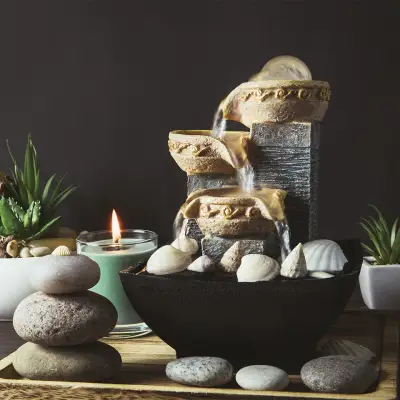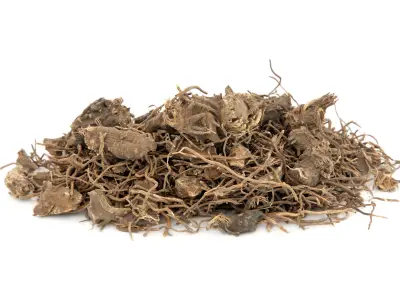Creating a beautiful garden doesn't have to mean dedicating every spare moment to weeding, watering, and pruning. Whether you're a seasoned gardener looking to simplify your outdoor space or a budding green thumb seeking an easy-to-maintain sanctuary, our guide to low-maintenance garden ideas and designs is here to help.
With a focus on simplicity, sustainability, and enjoyment, these garden designs allow you to cultivate a peaceful retreat that's both beautiful and practically self-sustaining.
Jump to:
Understanding Low-Maintenance Gardening
Low-maintenance gardening is all about making smart choices in your garden design and plant selection to minimise upkeep and maximise enjoyment. It's about working with nature to create a space that thrives with minimal intervention. From choosing the right plants to incorporating durable materials, every aspect of a low-maintenance garden is designed with ease and sustainability in mind.
The Foundation of Easy Maintenance Gardens
Whether you're aiming for a serene retreat, a space for entertaining, or simply a beautiful view from your window, the foundation of easy maintenance gardens is all about smart choices. Here’s how you can set your space for a delightful garden that asks little of you but gives back so much.
Planning Your Space
Start with a clear plan. Small, low-maintenance garden designs often focus on creating distinct areas or 'rooms' to make the space feel larger and more functional. Consider adding hard landscaping like patios or decking, which require little to no maintenance compared to grassy lawns.
Selecting the Right Plants
The backbone of any low-maintenance garden is its plant life. Choose plants native to your area or known for their drought resistance and general hardiness. Easy-to-maintain gardens often feature perennials, which return year after year, and shrubs that require minimal pruning. Succulents and ornamental grasses are great for adding texture and interest with very little effort.
Mulching and Ground Cover
Mulch isn't just for looks; it's a low-maintenance gardener's best friend. It helps retain soil moisture, suppresses weeds, and adds nutrients to the soil as it breaks down. Ground cover plants are another excellent choice, filling in gaps and reducing the amount of exposed soil.
6 Ideas for Low-Maintenance Gardens
Creating a garden that's both beautiful and easy to maintain is entirely achievable with the right approach. From modern aesthetics to edible plots, here are six low-maintenance garden ideas.
1. Modern Low-Maintenance Gardens
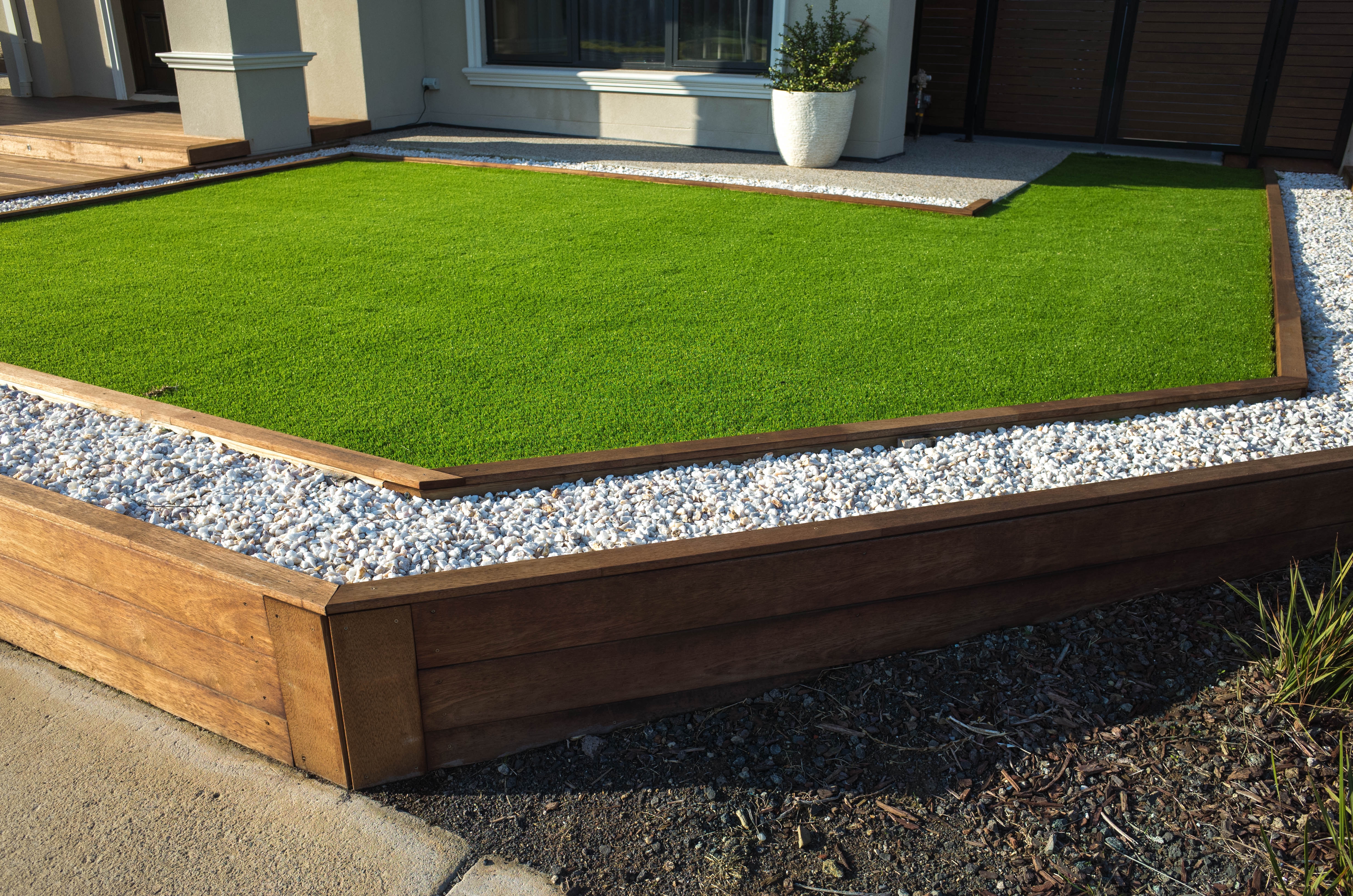
The allure of a modern garden lies in its clean lines, simplicity, and minimalist approach—not just in design but in maintenance as well. This style focuses on creating a space that's both functional and stylish, with an emphasis on structures rather than labour-intensive floral displays.
Key Features for Modern Gardens:
- Gravel Paths: A smart alternative to grass, gravel paths offer a sleek look while reducing the need for regular upkeep like mowing and watering.
- Raised Beds: By elevating your planting area, raised beds make a strong visual statement and simplify weeding and soil management.
- Architectural Plants: Choose plants with strong shapes and low care needs, such as ornamental grasses, ferns, or succulents, to add drama without drama.
2. Edible Gardens and Companion Planting
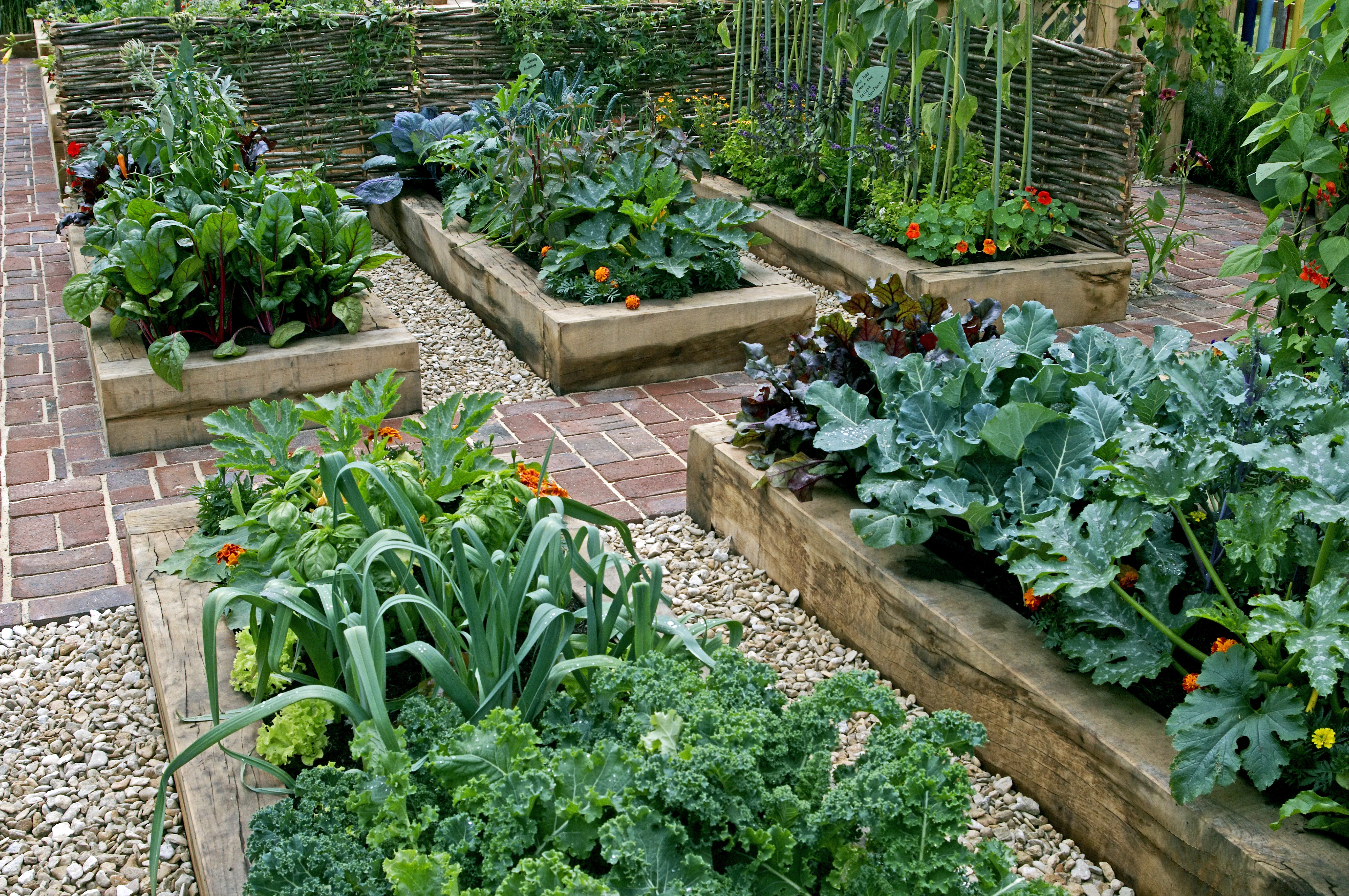
Who says low-maintenance gardens can't be bountiful? Edible gardens are both practical and incredibly rewarding. By focusing on easy-care vegetables, herbs, and companion planting, you can enjoy a harvest of homegrown goodies without the constant upkeep:
Key Features for Edible Gardens and Companion Planting:
- Raised Beds and Containers: Keep your edible garden tidy and accessible. This approach helps manage soil quality and limits the spread of weeds.
- Companion Planting: This method pairs plants that mutually benefit each other, reducing the need for chemical pesticides and fertilisers. For example, marigolds can deter pests from tomatoes, creating a harmonious and low-maintenance garden ecosystem.
3. Wildlife-Friendly Gardens: A Natural Approach
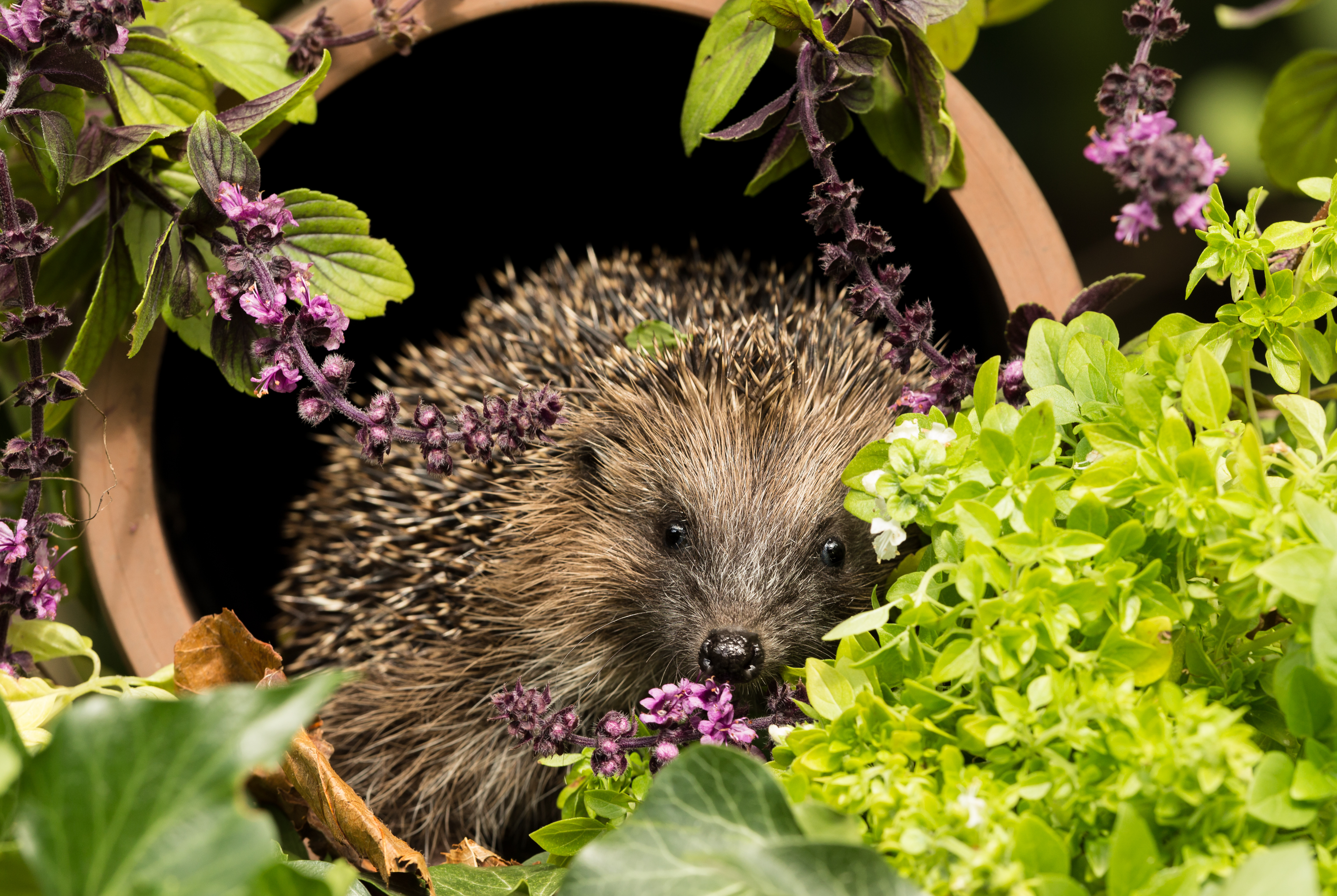
Creating a haven for birds, bees, and butterflies is a joy to watch and a fantastic way to maintain a garden with minimal effort. Wildlife-friendly gardens focus on plants and structures that attract and support local wildlife, creating a balanced ecosystem that manages itself.
Key Features for Wildlife-Friendly Gardens:
- Native Plants: Choose plants that are indigenous to your area. These plants are adapted to the local climate and soil conditions, requiring less water and care than non-native species. Plus, they're the preferred choice for local wildlife.
- Water Features: A simple birdbath or a small pond can provide a vital water source for birds, insects, and other wildlife, enhancing the natural beauty of your garden.
- Insect Hotels and Birdhouses: Installing these structures can encourage beneficial wildlife to reside in your garden, helping with pest control and pollination.
4. Zen Gardens: The Art of Minimalism
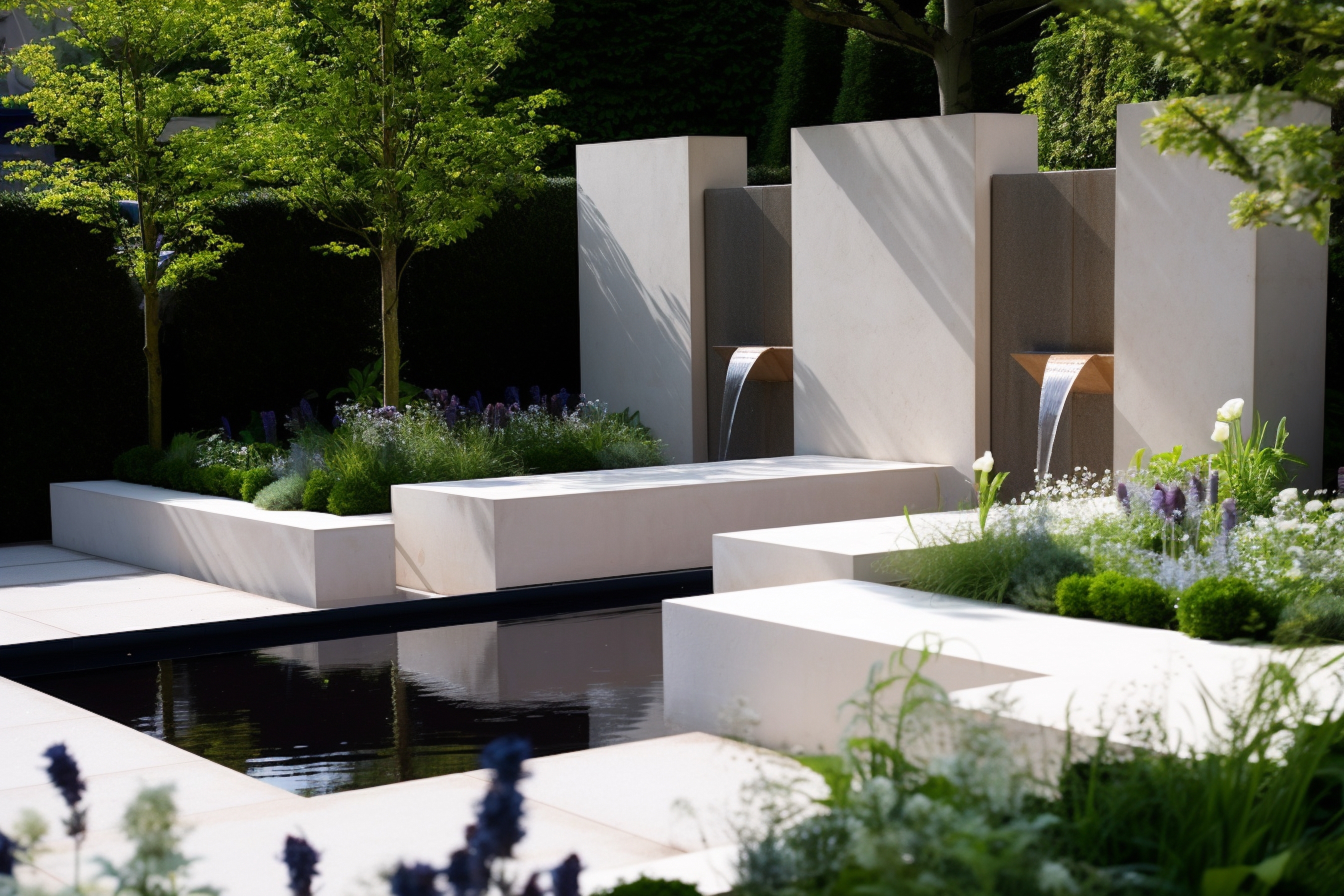
Zen gardens epitomise the essence of low-maintenance design by focusing on the principles of minimalism and tranquillity. These spaces are perfect for meditation and relaxation, requiring very little upkeep.
Key Features of Zen Gardens:
- Raked Gravel or Sand: Instead of grass, use gravel or sand that can be raked into beautiful patterns, offering your garden a serene and ever-changing component.
- Stone Features: Large rocks and stones can serve as focal points, adding a sense of permanence and stability with zero maintenance required.
- Sparse Planting: Choose a few carefully selected plants or trees, such as bamboo or Japanese maples, to create a sense of simplicity and calm.
5. Permaculture Gardens: Sustainability in Practice
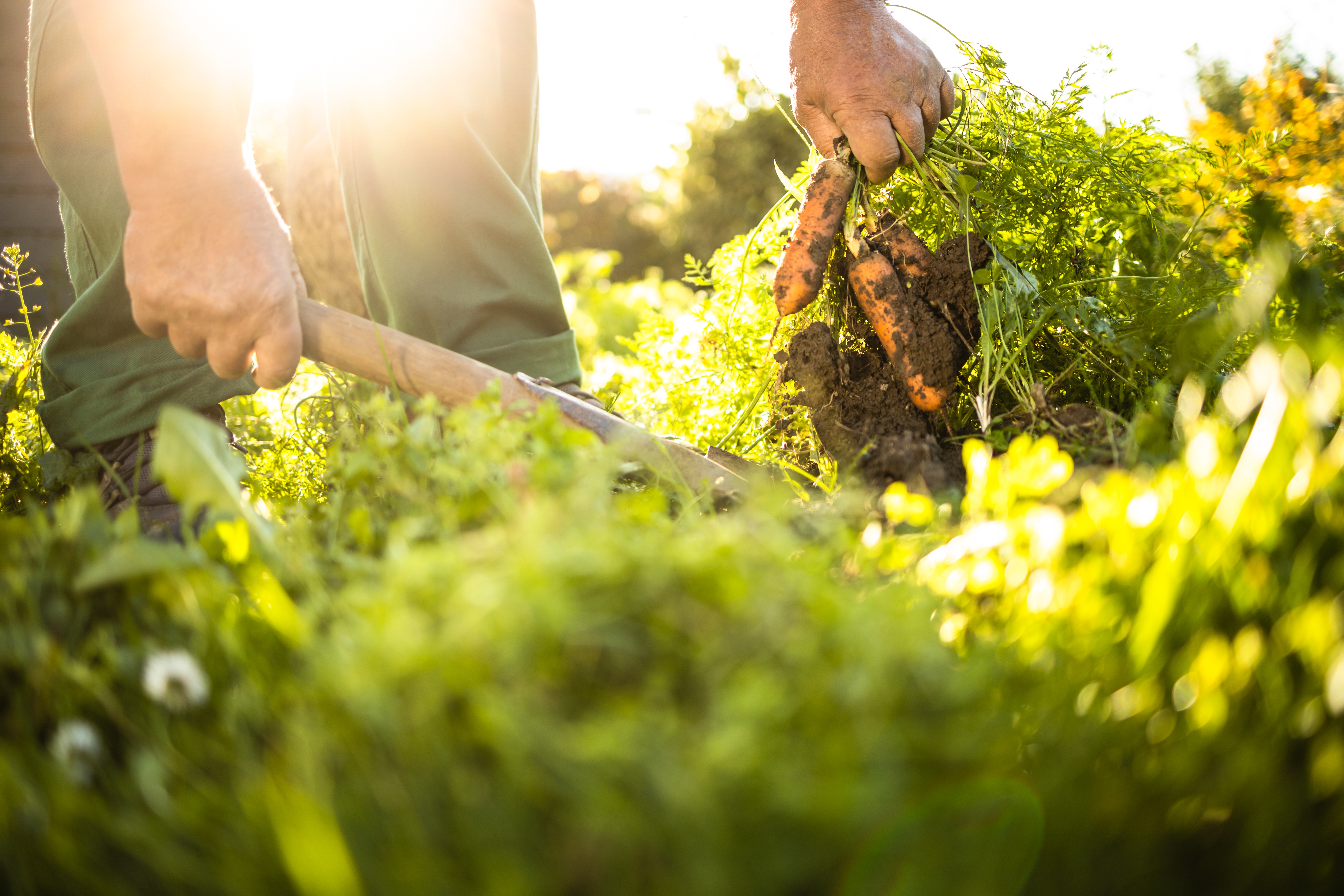
Permaculture gardens are designed to mimic the patterns and relationships found in nature, resulting in a self-sustaining system that requires minimal human intervention. This approach to gardening reduces maintenance and promotes biodiversity and ecological health.
Key Features for Permaculture Gardens:
- Edible Forest Gardens: Layer your garden with a mix of trees, shrubs, perennials, and ground cover to create a self-regulating ecosystem that produces food.
- Composting Systems: Incorporate composting into your garden design to recycle organic waste into rich soil, nourishing your plants naturally.
- Rainwater Harvesting: Collect rainwater through barrels or a rain garden to reduce reliance on watering, further decreasing maintenance needs.
6. Drought-Tolerant Landscapes: Embracing Resilience
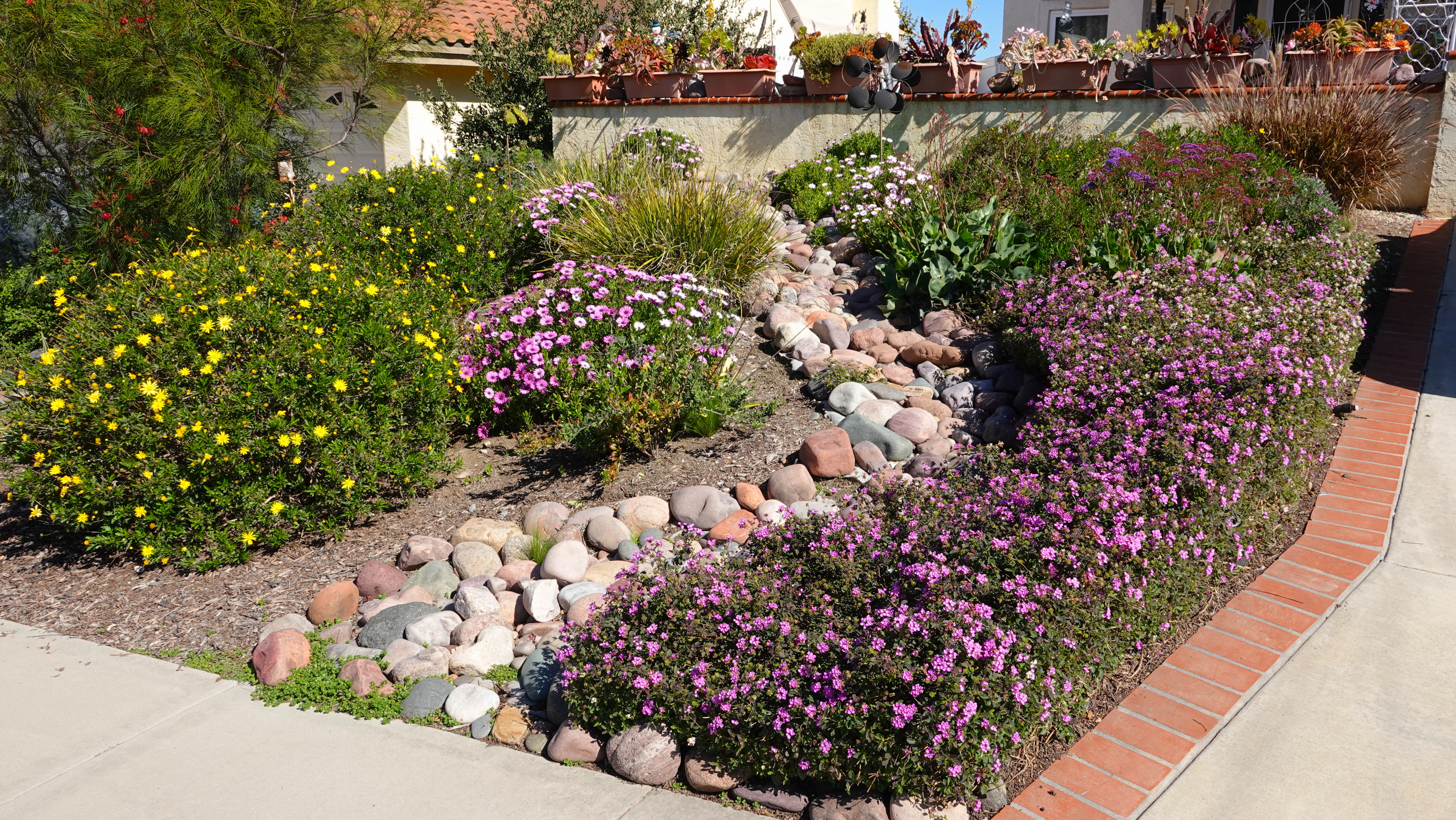
In areas prone to drought, selecting plants that thrive in dry conditions can significantly reduce the need for watering and care. Drought-tolerant landscapes, also known as xeriscapes, are both practical and beautiful, offering a solution that respects the natural environment.
Key Features for Drought-Tolerant Landscapes:
- Succulents and Cacti: These plants are naturally adapted to survive in arid conditions, requiring minimal water and care.
- Mulching: A thick layer of mulch retains moisture, suppresses weeds, and reduces the need for watering, making your garden more resilient.
- Gravel and Stone: Use these materials to create decorative paths or areas that need no water, adding texture and interest to your garden design.
Maintenance Free Gardening Solutions
Achieving a garden that requires minimal effort is the dream of many homeowners. By incorporating smart design choices and technology, you can enjoy a beautiful outdoor space that's virtually maintenance-free.
Irrigation Systems
Installing a drip irrigation system or soaker hoses can save hours of watering time. These systems deliver water directly to the base of your plants, reducing waste and ensuring your garden stays hydrated with minimal effort.
Going Grass-Free
Exploring alternatives to traditional grass can significantly reduce your garden's maintenance needs. Artificial turf, decorative gravel, or a chic patio space can replace traditional lawns, reducing mowing and watering time.
Perennial Borders and Shrubs
Selecting the right mix of perennials and shrubs can provide year-round interest with minimal intervention. Plants like lavender, sedum, and boxwood are known for their resilience and low maintenance requirements.
Hardscaping
Incorporate hardscaping elements such as stone pathways, benches, and water features. These elements add structure and interest to your garden without increasing the maintenance load.
Answering Your Low Maintenance Garden Questions
What can I replace my lawn with to reduce maintenance?
Replacing a traditional lawn with ground cover plants, such as creeping thyme, sedum, or clover, can drastically reduce maintenance. These alternatives to grass provide a lush, green appearance without the need for regular mowing or high water usage. Another option is using decorative mulch or gravel, which can add texture and colour to your garden without the upkeep of a grass lawn.
What is the best landscape to avoid weeds?
A landscape with a thick layer of mulch, dense ground covers, and closely spaced plants can effectively suppress weeds by blocking sunlight from reaching the soil. Using landscape fabric under mulch in garden beds can also help prevent weeds. Choosing plants that naturally spread to fill gaps can minimise the areas where weeds might take hold.
What is the most low-maintenance outdoor plant?
Succulents and cacti are among the most low-maintenance outdoor plants, requiring minimal watering and care. Other options include lavender, which is drought-resistant and adds fragrance to your garden, and ornamental grasses, which provide texture and movement without much attention.
What is the best low-maintenance garden for the elderly?
For the elderly, raised beds and container gardens are excellent options as they can be easily accessed without bending or kneeling. Choosing perennial and self-sustaining plants, such as shrubs and evergreens, can further reduce the need for regular maintenance.
Is there such a thing as a no-maintenance garden?
While a completely no-maintenance garden is more of an ideal than a reality, selecting low-maintenance design elements and plants can significantly reduce the amount of work required. Opting for a garden filled with perennials and native plants and incorporating hardscaping can minimise upkeep.
What is the easiest shrub to maintain?
Shrubs such as boxwood, yew, and hydrangea require minimal maintenance once established. Other low-maintenance shrubs include the dwarf globe blue spruce and the Japanese barberry, which offer year-round interest with little care needed.
How can I design a garden that's easy to maintain?
Designing a garden with simplicity in mind is key to reducing maintenance. Choose a limited palette of hardy plants, incorporate mulch and ground cover to reduce weeding, and use hardscaping to create areas that need no upkeep. Planning your garden with clear, easy-to-access paths and minimising lawn areas can also make your garden easier to maintain.
Recommended for you!
Best SellersNurture Your Gardening Passion with Centre of Excellence
If you're inspired to create a low-maintenance oasis in your backyard, our Gardening and Landscape Design Business Diploma Course is your ideal starting point.
What Awaits You
- In-Depth Garden Design: Gain a deep understanding of garden design principles, allowing you to create stunning yet effortless landscapes.
- Plant Selection Mastery: Learn how to choose the right plants for your low-maintenance garden, including native species, drought-tolerant varieties, and more.
- Efficient Maintenance Techniques: Discover tips and tricks to minimise maintenance tasks while keeping your garden looking its best.
- Sustainability and Eco-Friendly Landscaping: Explore eco-conscious practices that reduce maintenance and benefit the environment.
- Practical Business Insights: If you're considering a career in gardening or landscaping, this course provides valuable knowledge on how to turn your passion into a profession.
Exclusive Offer
In our dedication to spreading the joy of transformative education, we're thrilled to offer our Gardening and Landscape Design Business Diploma Course for the special price of £29, saving you over £100!







